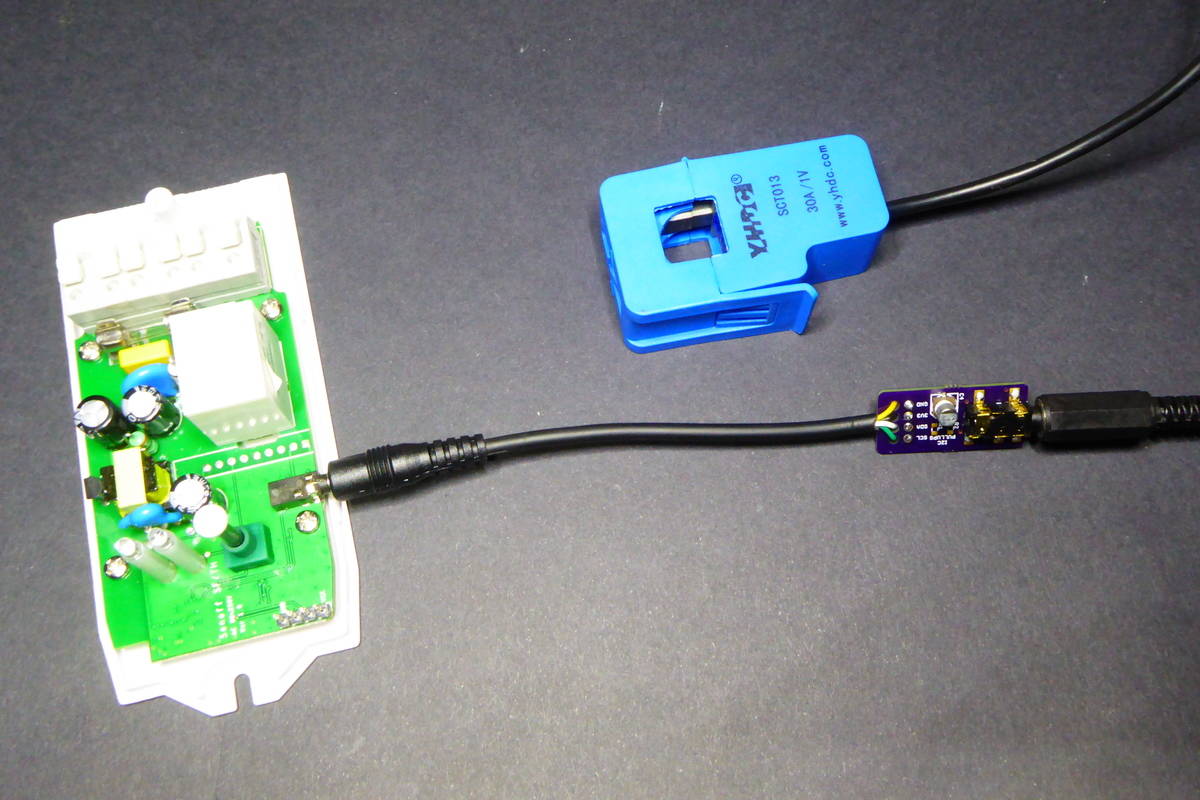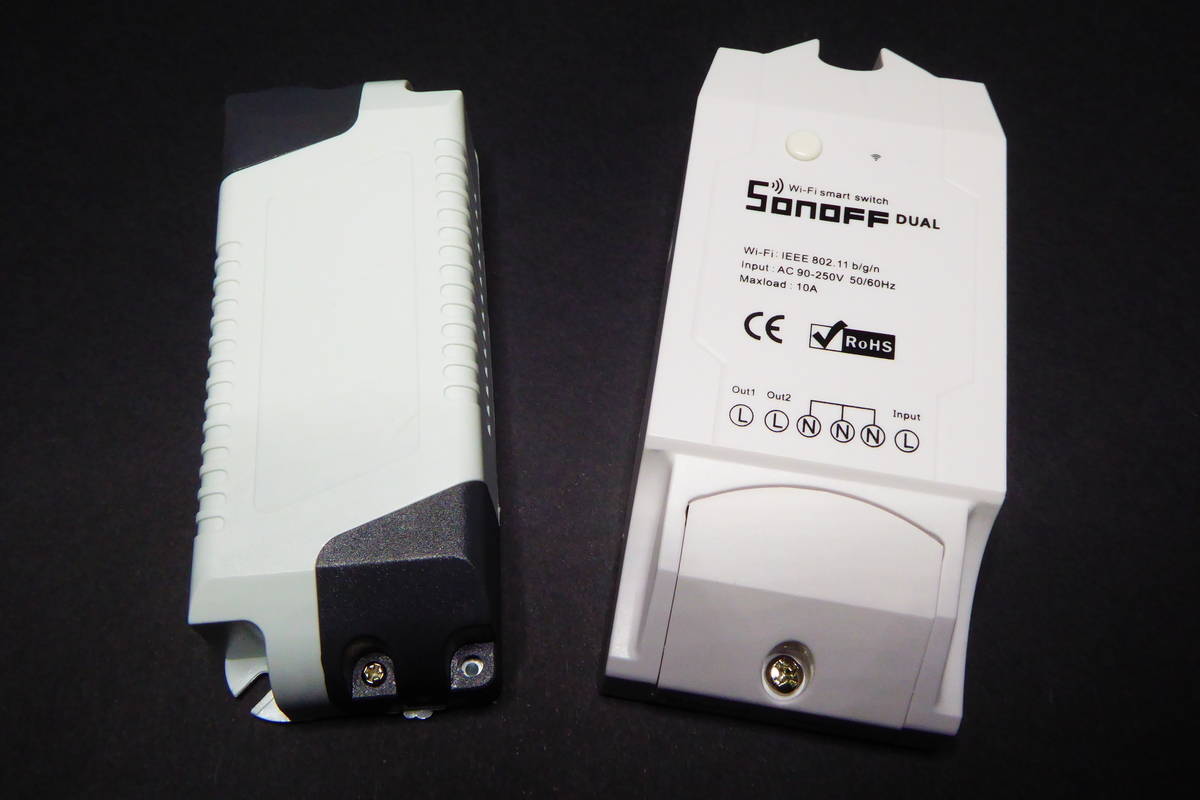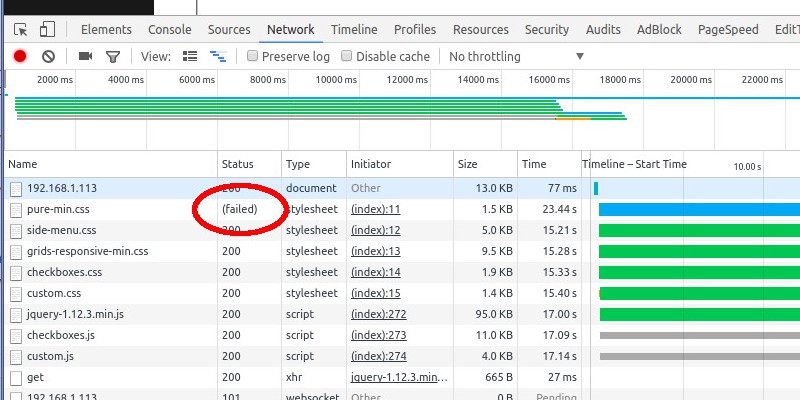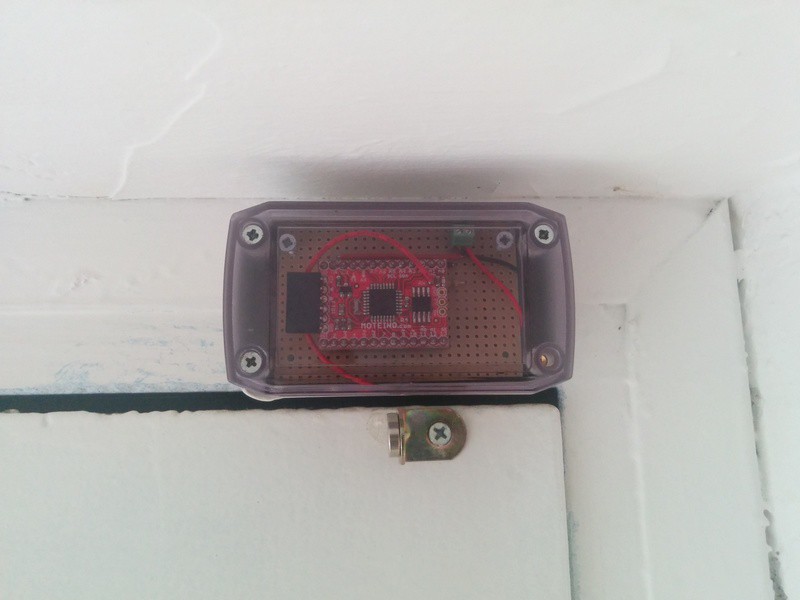![]()
Power monitoring with Sonoff TH and ADC121
Lately I've been quite busy with the ESPurna firmware. It's growing bigger and gaining some momentum. It's really fulfilling to see other people using it and reporting back. But at the same time it's very time consuming. Last Saturday I released version 1.5.0 with some new functionalities and bug fixes and I decided to use some of my free time over the weekend to work on a project that's been waiting for a month in the shelf....
![]()
Sonoff SC with MQTT and Domoticz support
Last December Itead Studio updated their Home Automation product line with a new and different product. The main difference is that it doesn't have a relay and it's mainly sensors and no actuator (if we don't define a notifying LED as an actuator). The Sonoff SC is a sensor station that packs a DHT11 temperature and humidity sensor, a GM55 LDR, an electret microphone with an amplifier circuit and a Sharp GP2Y1010AU0F [Aliexpress] dust sensor in a fancy case that looks like it was originally meant for a speaker....
![]()
ESP8266 Multi-relay boards: Sonoff Dual and Electrodragon
November was a busy month and the Sonoff Dual that IteadStudio kindly sent me to review was bored in a box waiting for some free time. But it was just fair that another board that has been waiting in the boards-to-review box for longer had it's chance to have some fresh air too. So here we have the Itead Studio Sonoff Dual and the Electrodragon ESP Relay Board face to face....
![]()
Emulate a WeMo device with ESP8266
My daughters love to talk to (or with) my Amazon Dot [Amazon US] in their funny English: “Alexa, hello!", “Alexa, li-on!” (actually “light on”). It's so easy to use it to switch on/off things at home using the fauxmo python script by Maker Musings. In his post about Amazon Echo and Home Automation more than a year ago he explains how he reverse-engineered the protocol of the WeMo switches that Alexa (Amazon Echo [Amazon US] orAmazon Dot [Amazon US]) supports....
![]()
The Sonoff POW
Some months ago I wrote about a hack I did to one of my Sonoff devices to be able to use a simple current sensor to monitor my washer machine process and alert me whenever my laundry was done.
A few weeks ago Itead Studio released two new models for their Sonoff line, the POW and the DUAL. And the POW is Itead's answer to my hack. I'm not saying they copied me, just that the Sonoff POW makes my hack utterly unnecessary....
![]()
4Duino-24 upside down
A few weeks ago the 4D Systems announced one of its latest products: the 4Duino-24, an Arduino compatible display module with built in 240x320 resolution TFT LCD Display with Resistive Touch and an ESP8266 ESP-06 module on board.
it looked like a great product for a home automation control panel, although the screen could have been bigger. Anyway I contacted the people at 4D Systems and they were kind enough to send me a sample to review, and hack!...
![]()
Manage and persist settings with Embedis
For months I've been searching for a settings manager for my Arduino and ESP8266 projects. There are basically two issues to take care of:
On memory settings or** how do you access to the configuration values** from your code Persistence or how do you store the configuration across reboots For the first issue common solutions in high level languages are key-value solutions in the form of containers or hash arrays....
![]()
MQTT LED Matrix Display
My MQTT network at home moves up and down a lot of messages: sensor values, triggers, notifications, device statuses,… I use Node-RED to forward the important ones to PushOver and some others to a Blynk application. But I also happen to have an LED display at home and that means FUN.
LED displays are cool. Your team's score, your number in the IRS queue, the estimated arrival time for your next commute,… Now that TVs are replacing LED displays (like the later did with the electromechanical ones) they have acquire an almost vintage-status....
![]()
Optimizing files for SPIFFS with Gulp
The ESP8266 flash layout defines a series of blocks of memory for each “partition”. There is a block for the user code (the “sketch”), there is a block for the OTA update file, another one for the emulated EEPROM, another for the WIFI configuration and one for the File System.
This last one uses Peter Andersson's SPIFFS (SPI Flash File System) code to store files in a similar fashion our computers do, but taking into account the special requirements of an embedded system and a flash memory chip....
![]()
Moteino Door Monitor
Some days ago I posted about the RFM69 to MQTT gateway based on the ESP8266 I am working on. Over these days I've been fine tuning the gateway at the same time I was migrating one of my home sensors to Moteino: the Door Monitor. The previous version was based on an XBee radio and has been on duty for almost 3 years and a half. Real life battery time has been around 3 months for a CR2032 coin cell, which is not bad at all, but still…...









